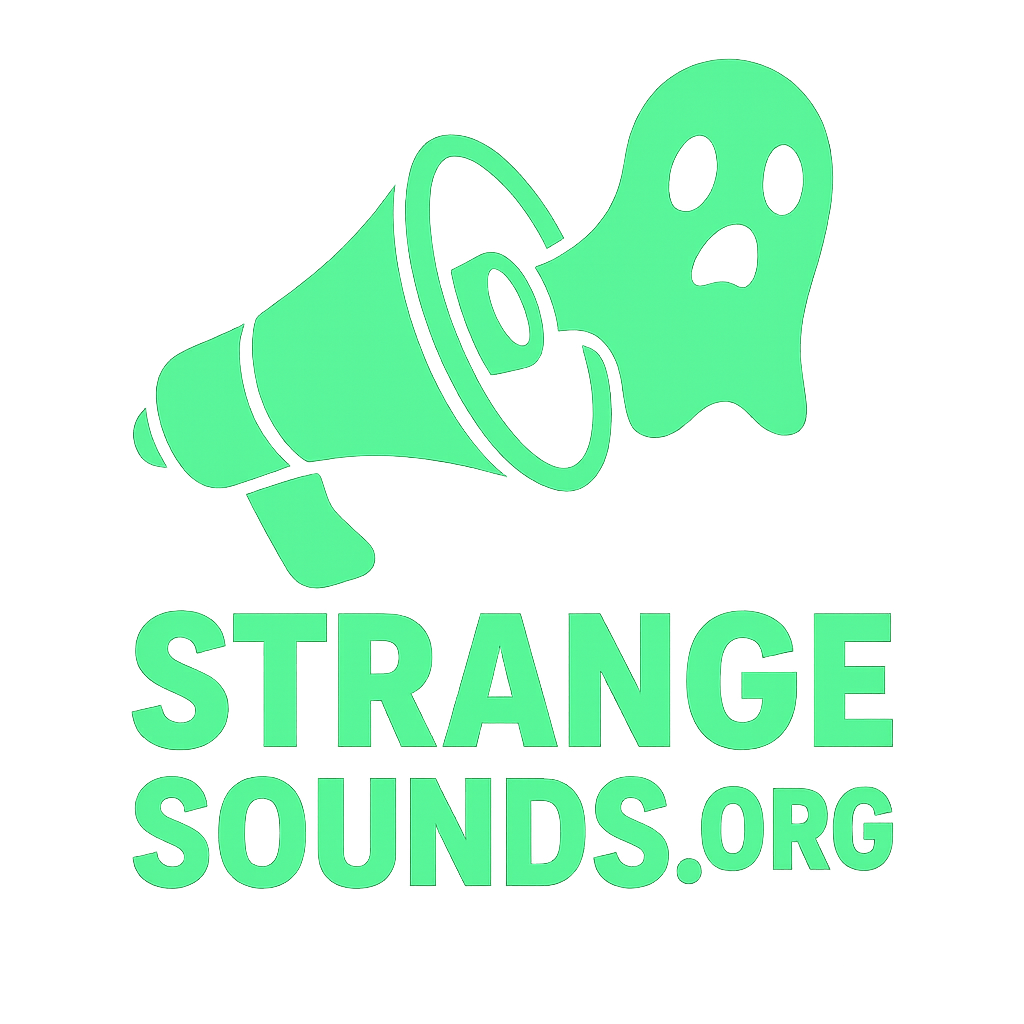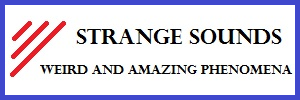Updated on: · 👉 Back to the Sky Oddities Hub

The Sun sometimes seems to multiply, wrapped in glowing halos, phantom suns and ice-crystal illusions. These atmospheric optics — 22° halos, parhelia (sundogs), sun pillars, and the rare circumhorizontal arc (“fire rainbow”) — are among the sky’s most spectacular and misunderstood sights.
- 22° halos are rings around the Sun or Moon formed by light refracting through hexagonal ice crystals in cirrus clouds.
- Sundogs (parhelia) are bright “phantom suns” to the left/right of the Sun; best with plate-like crystals and cold, hazy skies.
- Sun pillars are vertical beams from light reflecting off flat crystal faces at sunrise/sunset.
- Fire rainbows (circumhorizontal arcs) need a high Sun (>≈58°) + plate crystals — rare at higher latitudes (Met Office).
- Moon halos (and “moon dogs”) appear at night when a bright Moon shines through cirrus.
📩 Share your photo or sighting (time, location, conditions, camera settings)
Jump to: Famous Events · How to Photograph · Weird Facts · FAQs · Explore More · Subscribe & Support
🌍 Famous Sundog & Halo Events
- 22° Halos — Rings of light around the Sun or Moon. → Explore halos · AMS Glossary
- Parhelia (Sundogs) — Phantom suns flanking the real Sun. → Sundog explainer · Atmospheric Optics
- Sun Pillars — Vertical light beams like cosmic spotlights. → Read about sun pillars · NOAA explainer (PDF)
- Circumhorizontal Arc (“Fire Rainbow”) — High Sun + flat ice crystals in cirrus. → Learn about fire rainbows · Optics details
- Moon Halos — Ghostly circles around the Moon, sometimes with “moon dogs.” → Moon halo article · Met Office
- Four Suns of 1535 — Stockholmers saw multiple suns and feared the apocalypse. → And seven suns in China · Parhelion history
📸 How to Photograph Halos, Sundogs & Pillars (Quick Guide)
- Safety first: Never stare at or photograph the Sun through optical devices without certified solar filters (AAS eye safety).
- Framing: Include the horizon and foreground for scale; use your hand/hat to block direct Sun glare.
- Settings: Start ISO 100–200, f/8–f/11, 1/500–1/2000s for sundogs/halos; bracket ±1–2 EV for iridescence.
- Optics: Wide-angle (14–24mm) to capture full rings; tele (70–200mm) for bright parhelia details.
- Metadata: Keep EXIF (time, GPS, focal length) to help identification; note Sun altitude if possible.
🌟 Weird Facts about Sundogs & Halos
- Sundogs form when sunlight refracts through hexagonal ice crystals oriented like tiny plates.
- Moon halos are so bright they’ve been mistaken for UFO shields.
- Sun pillars can stretch skyward like divine signals during very cold twilights.
- Ancient cultures read halos as omens of war or famine.
- Circumhorizontal arcs are not rainbows: they need cirrus clouds + a high Sun, which is why they’re rare in northern Europe.
❓ Sundogs & Halos — FAQs
What are sundogs and how do they form?
Sundogs appear when sunlight bends through ice crystals in cirrus clouds, creating bright patches on either side of the Sun. → Read about sundogs · Parhelia optics
What’s the difference between halos and sundogs?
Halos are full circles of light (often at 22°), while sundogs are localized bright spots that look like twin suns on the halo’s sides. → Learn more about halos · AMS definition
Can sundogs predict weather?
Often. They form in cirrus clouds that can precede fronts, so sundogs may hint at changing weather. → Sundogs & weather lore · Met Office guide
Do halos and sundogs happen at night?
Yes. A bright Moon behind cirrus clouds can create moon halos and sometimes “moon dogs.” → Explore moon halos
What is a circumhorizontal arc (“fire rainbow”)?
A circumhorizontal arc is a rare band of spectrum colors running parallel to the horizon, produced when a high Sun shines through plate-like ice crystals in cirrus. → Read more about fire rainbows · Optics requirements
Are rainbows part of sundogs and halos?
No. Rainbows form in raindrops opposite the Sun; sundogs/halos form in ice crystals near the Sun or Moon. Different optics, different family. → NOAA: Light & Color
🌞 Explore More Sky Oddities
☁️ Unusual Clouds — Morning Glory, shelf clouds, and rare storm formations.
🌌 Auroras & Plasma Phenomena — Northern lights, sprites, and purple STEVE.
🌕 Solar & Lunar Oddities — Total eclipses, blood moons, and double suns.
👉 Or return to the Sky Oddities Hub to explore more atmospheric mysteries.
🔗 Further Reading (Authoritative)
- Atmospheric Optics (Les Cowley) — encyclopedic halo/sundog guides
- Met Office: Optical effects — UK weather office explainers
- NOAA JetStream — education on light, color, and optics
- AMS Glossary of Meteorology — formal definitions (halo, parhelion, pillar)
🌞 Final Note
Sundogs & halos prove the Sun (and Moon) rarely travel alone. From glowing rings to phantom suns and ghostly moon halos, these ice-crystal illusions are nature’s way of showing off its optics.
📬 Subscribe to the Strange Sounds Newsletter for more atmospheric oddities.
💸 Support the madness → Donate via PayPal or DonorBox.








